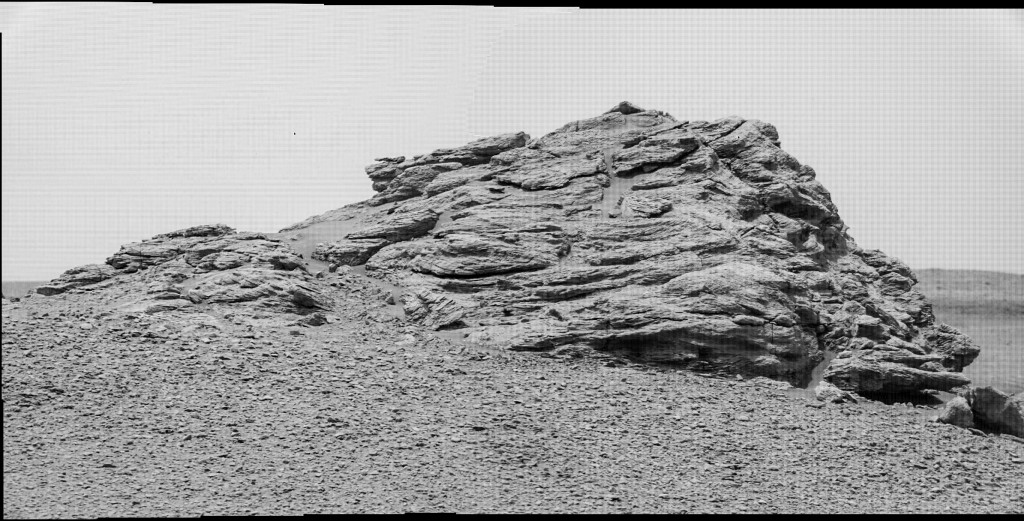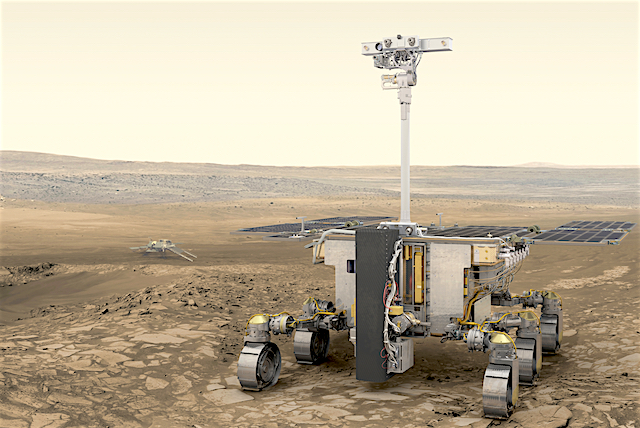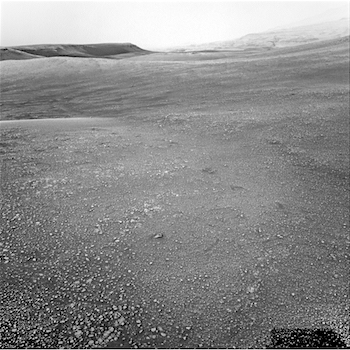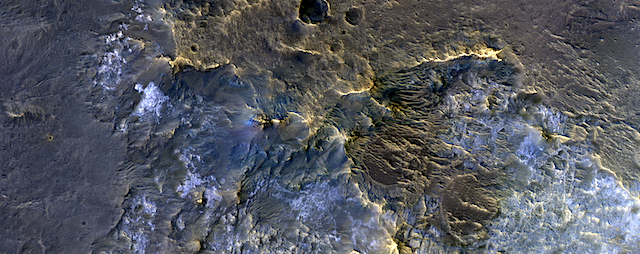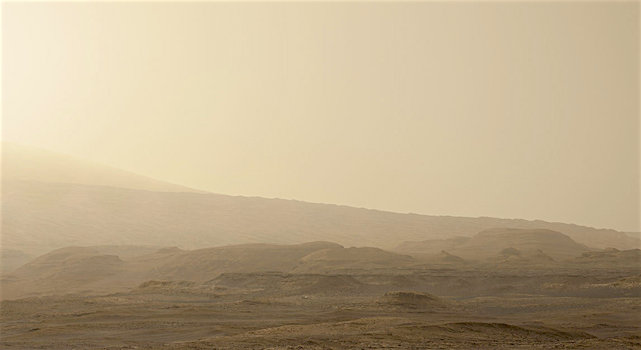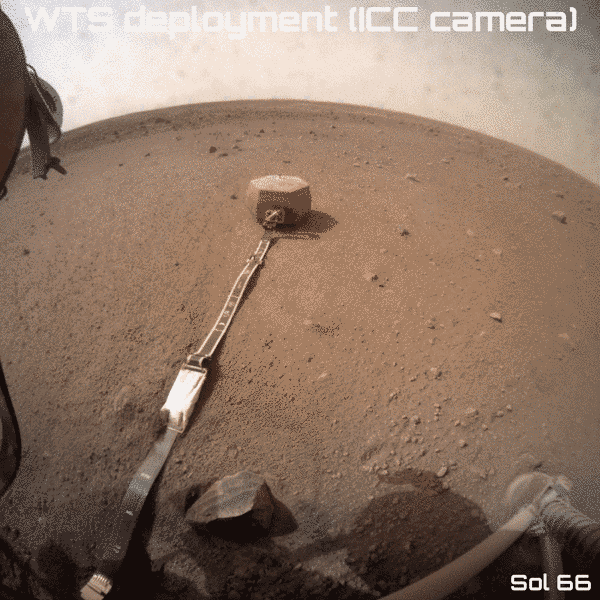 Sol 2311, February 5, 2019. The two Mastcam lenses (34mm and 100mm) were put to use profiling Vera Rubin Ridge (above, with the 34mm lens) and an outcrop (below, 100mm), both seen from down on the rolling terrain of the clay-bearing unit. Click either image to enlarge it.
Sol 2311, February 5, 2019. The two Mastcam lenses (34mm and 100mm) were put to use profiling Vera Rubin Ridge (above, with the 34mm lens) and an outcrop (below, 100mm), both seen from down on the rolling terrain of the clay-bearing unit. Click either image to enlarge it.
-
Recent Posts
Archives
Links
general
mission instruments
- CRISM: Compact Reconnaissance Imaging Spectrometer for Mars
- CTX: Context Camera
- HiRISE: High Resolution Imaging Science Experiment
- MARSIS: Mars Advanced Radar for Subsurface and Ionosphere Sounding
- SHARAD: Shallow Radar
- THEMIS: Thermal Emission Imaging System
missions
- All Mars missions list
- Curiosity rover
- ExoMars
- Hope (al-Amal) orbiter
- InSight
- Mars Atmosphere and Volatile Evolution Mission (MAVEN)
- Mars Exploration Rovers (MER)
- Mars Express (MEX)
- Mars Odyssey
- Mars Orbiter Mission (MOM) / Mangalyaan
- Mars Reconnaissance Orbiter (MRO)
- Mars Science Laboratory (MSL)
- Perseverance Rover
- Tianwen-1 orbiter/rover
news









